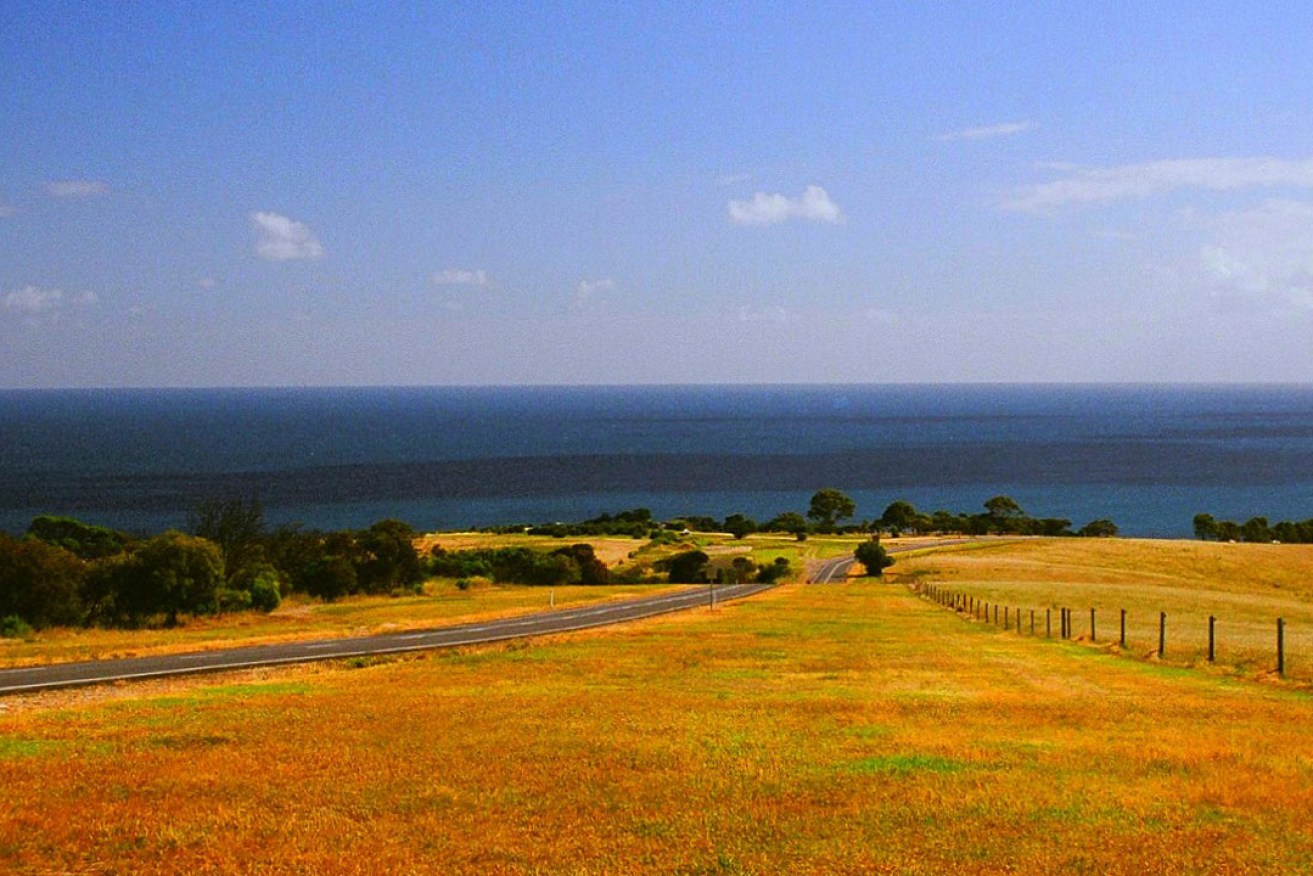Kangaroo Island’s plan to export green energy to the mainland
Faced with the choice of replacing the ageing undersea electricity cable that powers Kangaroo Island or building a renewable grid on the island itself, mayor Peter Clements wants both. And he’s backing a radical ‘community ownership’ model from Denmark to help pay for it.


Clements says Kangaroo Island residents are fed up with bearing the brunt of South Australia’s blackouts.
“Reliability of power is 10 times worse on Kangaroo Island than it is on the mainland,” he told InDaily yesterday.
“When the power goes out on the mainland Kangaroo Island is no huge priority. As a result of that, we tend to get more blackouts, more frequently than most regions.”
The cable that provides power to the island from the mainland is getting toward the end of its design life.
Replacing the cable, according to a report prepared by the Institute for Sustainable Futures at the University of Technology Sydney, would cost about $169 million – $10 million more than the estimated the cost of a wind, solar and baseload (diesel or biomass fuel) grid on the island.
But Clements says the island needs both.
“We need to have that umbilical cord from the mainland and the upgrade of that umbilical cord … but we’re pretty intent on going down this renewable energy track, to become an island that’s self-sustaining in every way,” he said.
“There’s a will in the people of Kangaroo Island to be masters of their own destiny. They really don’t trust their energy being [produced] in the private sector.”
But how to pay for both?
On Sunday, Clements attended a public meeting to hear visiting Danish energy specialist Søren Hermansen describe how he led the transformation of Denmark’s Samsø Island to 100 per cent renewable energy by the mid 2000s – and how the experience might apply to KI.
He described a partial community ownership model, in which the residents of Samsø took out small personal bank loans to purchase shares in their own renewable energy grid.
Hermansen told InDaily Samsø’s renewable power network is half owned by local residents and half owned by the local government.
Clements said that if “the figures stack up” for the funding model to be replicated on Kangaroo Island, it would allow residents to pay for their own electricity generation, and thus take charge of their own energy future.
He argues the model has the potential to give islanders everything they want: reliable electricity, renewable electricity and a new source of revenue – exporting power to the mainland.
He said the existing undersea cable is only able to push electrons one way – from the mainland to KI – but the new cable would be capable of a two-way transfer.
“We’re hoping to get it to a point where we can push it (power) across the water and (sell) it to the mainland,” he said.
“It’s a tall order, but we’re confident that somewhere down the track we can do that.”
Clements said he blamed much of the state’s energy woes on the privatisation of the Electricity Trust of South Australia in the late ‘90s.
But he said public/community-owned electricity assets would be prepared step up during power crises when private generators would not.
“[Privitisation] was a stupid thing to do 25 years ago,” Clements said.
“There’s really too much greed in the whole sector.
“The public good should always be first and foremost in everybody’s minds, but you can’t marry capitalism [with that].
“We’d be able to fire up … [for] the mainland when they have a shortage.”
Clements’ comments come a day after representatives of Engie – operator of the Pelican Point Power Plant – strenuously denied accusations the company had “gamed” the electricity market by failing to bid into the market the day of the blackout earlier this month.
Clements cautioned that the island would not be able to produce “huge” amounts of power for export, but that it would be possible to produce enough to simultaneously power Kangaroo Island and, for example, Victor Harbor during periods of peak demand.
“There’s no reason why we can’t generate four of five megawatts of [excess] power consistently … [as] an exportable commodity for Kangaroo Island,” he said.
“If we’re exporting four to five MW and we choose our times to do that … we could probably make half a million to a million dollars [annually] exporting power.”
“It’s a ballpark figure.”




